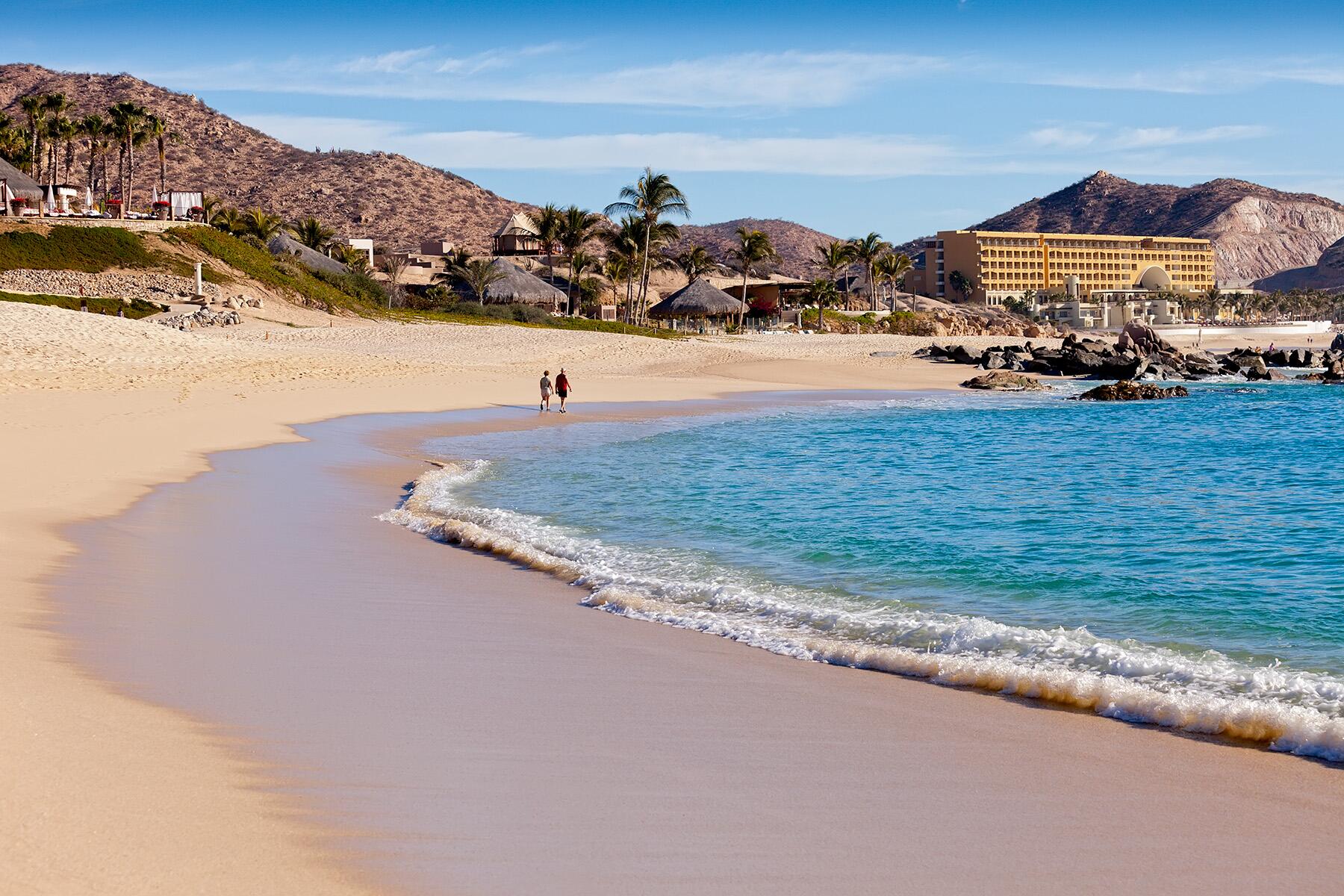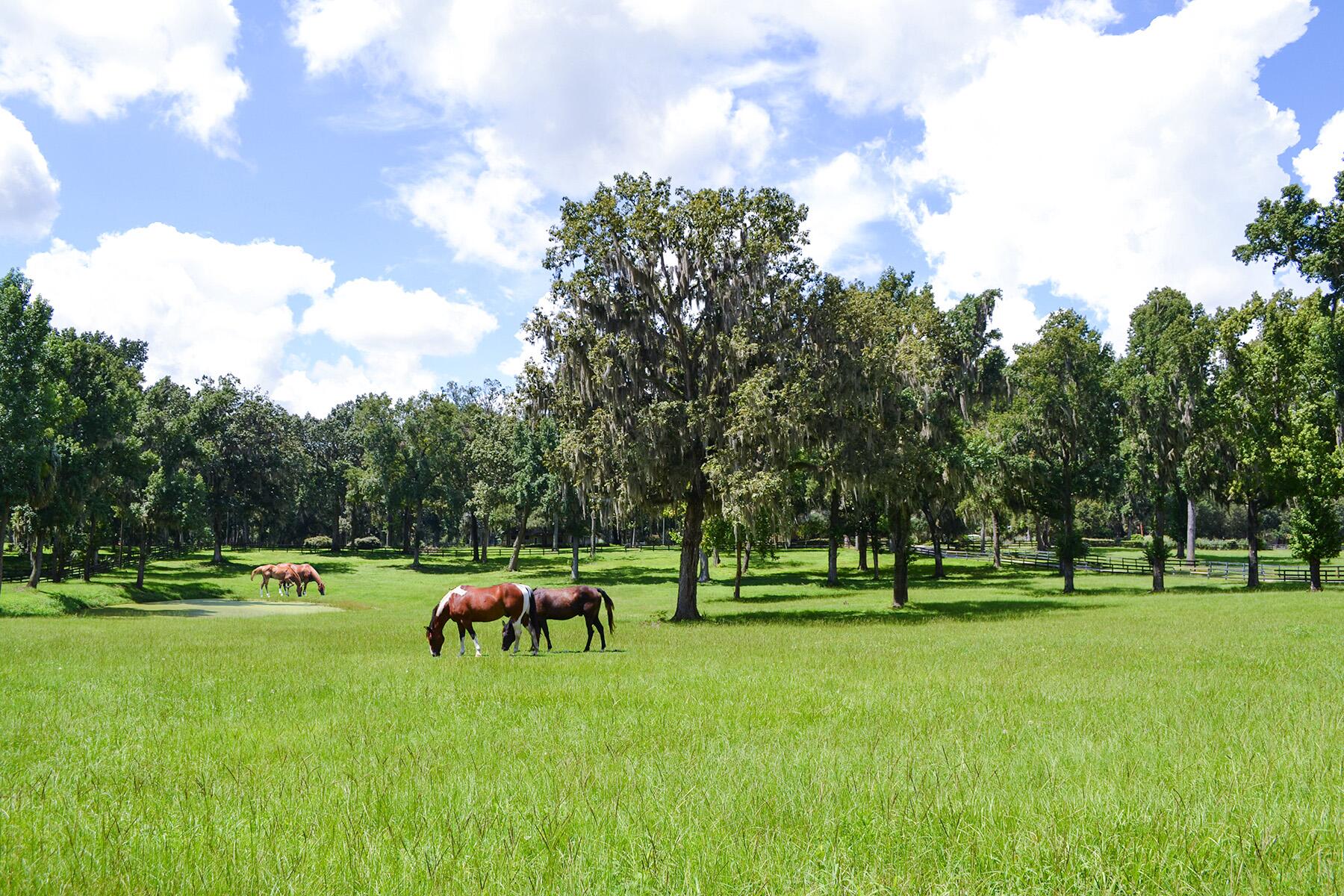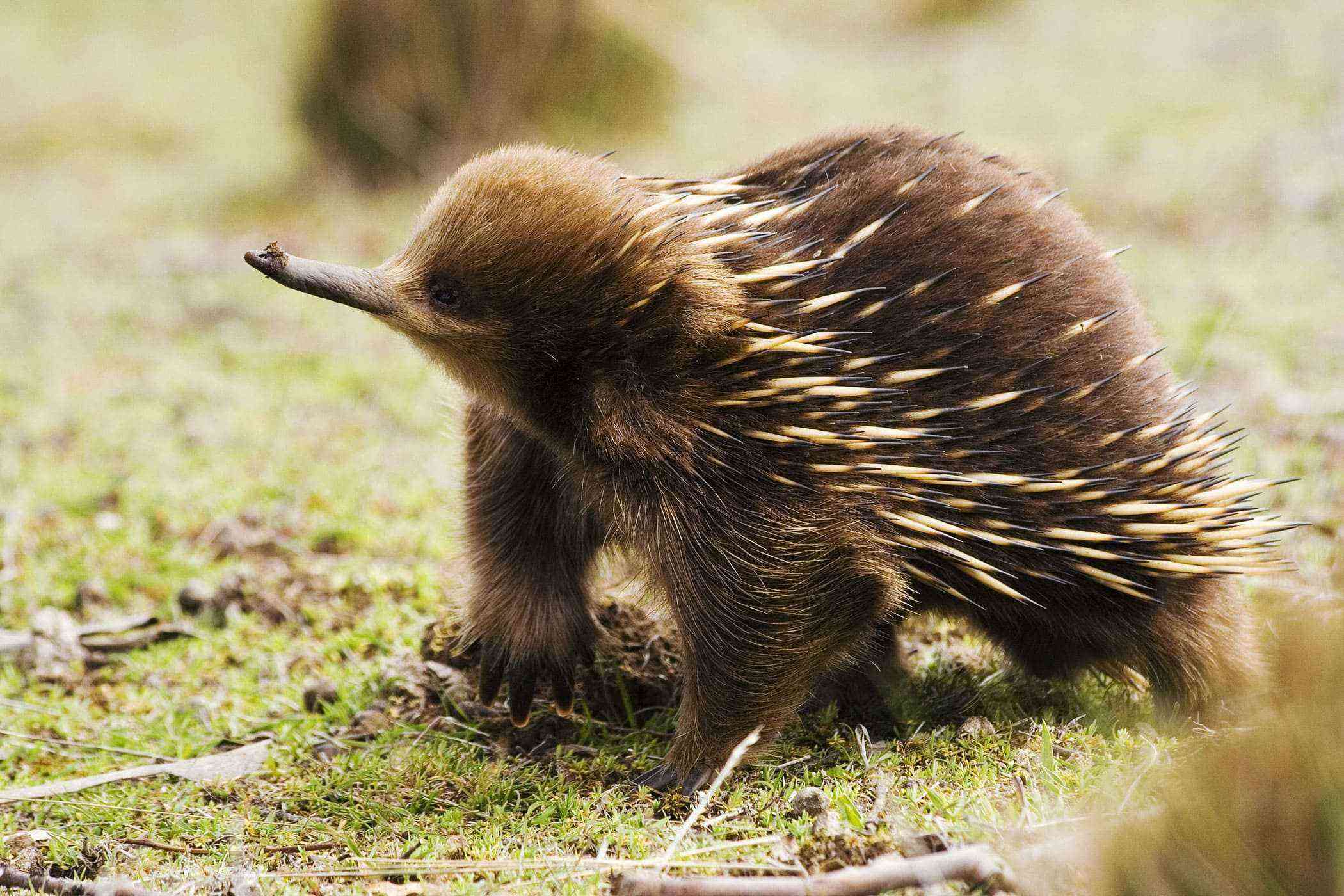Australia is renowned far and wide for its jaw-dropping beauty. But amid its crashing seas and rocky bluffs, its primeval forests and indigo lakes, and snow-capped mountains and vast desert lurks a plethora of unique animals, some of them fringing on the bizarre—if not rare or endangered.
From koala (that aren’t so cuddly as you may think, by the way) to mischievous tiger quoll to the cuddly koala, critters in this part of the world are truly extraordinary, many found nowhere else in the world. Some are easy to spot (hello, Mr. Kangaroo and your entire mob standing on the expanse of grass along the roadside) while some are more elusive (why do we have to get up so early to spy a duck-billed platypus?). All are exciting to catch a glimpse of in the purest of natural settings. Here are some of the most fascinating, with hints on where to find them.






